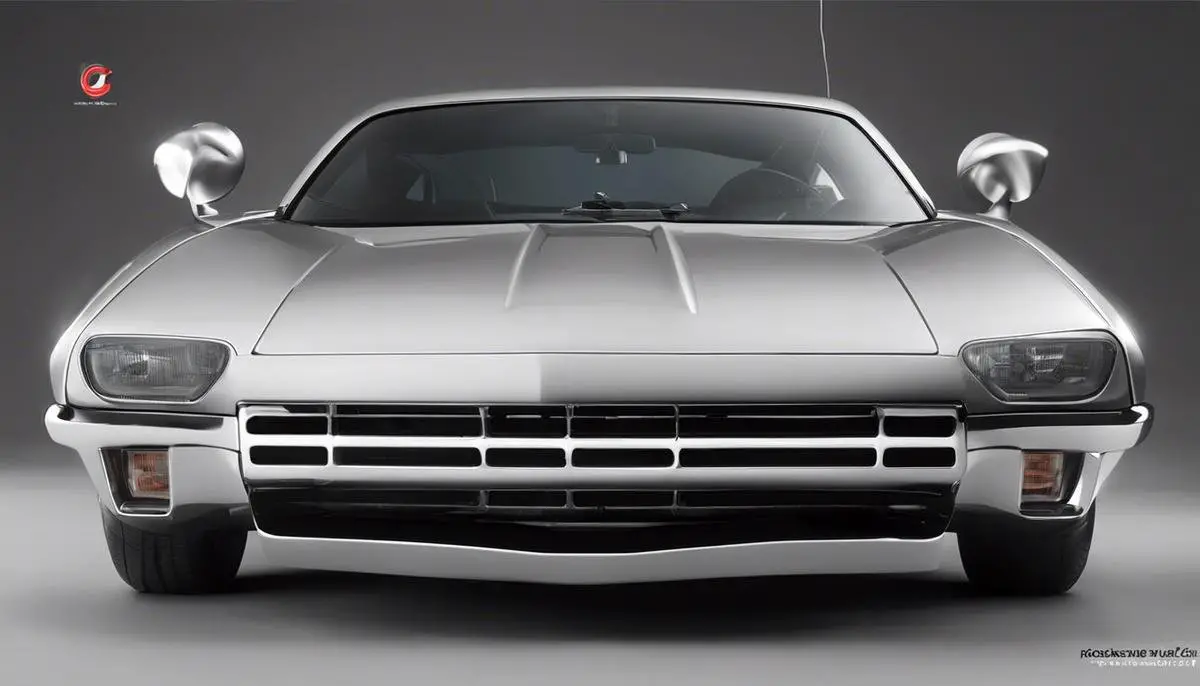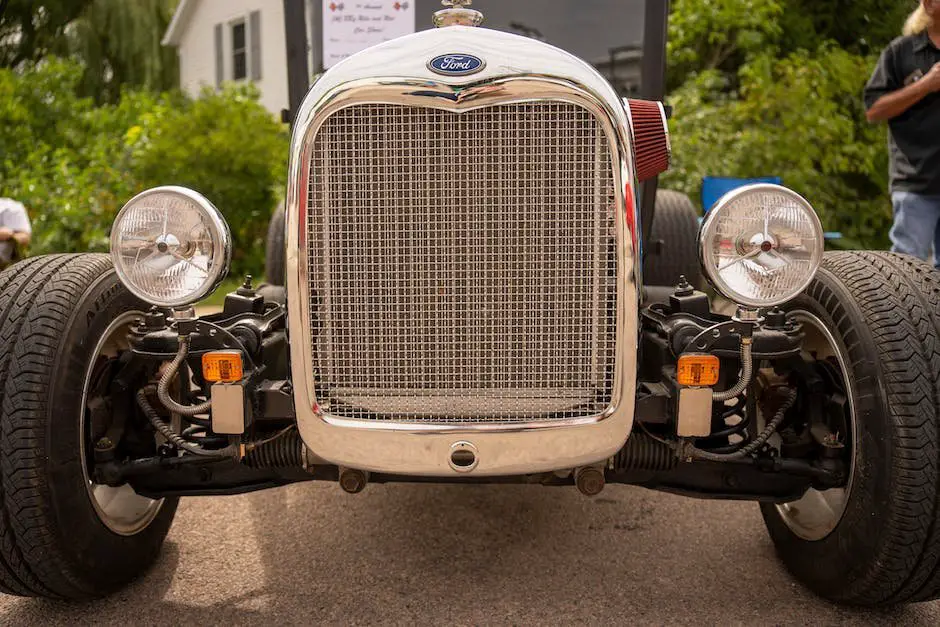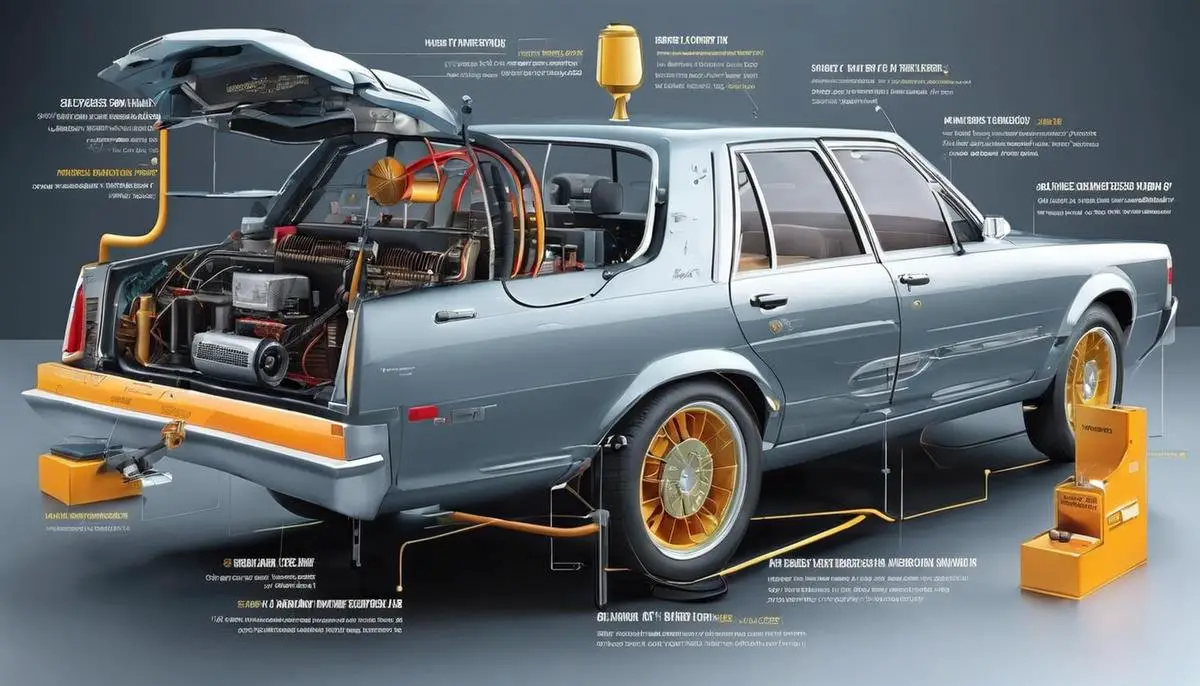
In the bustling cities and open highways across the globe, car horns serve an irreplaceable role in facilitating communication and safety between drivers. The blaring sound, whether it's a polite, short toot or a much louder honk, carries an immediate message, alerting others of potential hazards or simply asserting presence on the road. In this exploration, we delve into the intricacies of car horns - their essential role, the mechanics behind their function, their historical evolution, and the promising future trends that may reshape their utility. By gaining an understanding of the intricate systems and advancing technology, we can have a newfound appreciation and awareness of the simple car horn—a tool whose importance is often unsung but undeniably profound.
Understanding the Role of Car Horns
The Evolution and Modern Scope of Car Horns: A Technology Deep Dive
Car horns, often classified as simple mechanical devices, are of considerable importance in vehicles' overall operational ecosystem. Delving into their primary function, car horns are designed to ensure safe driving, serving as an essential warning or alert system to prevent collisions and other accidents. In an era increasingly characterized by complex technological integrations, understanding the role and significance of car horns can satiate the curiosity of tech enthusiasts and amplify road safety awareness.
Car horns found their inception in the late 19th century, marking a pivotal shift in the emergent automobile industry. Initially, they were manually operated, requiring the driver to squeeze a bulb attached to the horn, producing a distinct sound. With continuous advancements and refinements aligned with the broader goals of automation and efficiency, contemporary car horns operate electronically, producing sound with the touch of a button. But beyond operating transformation, what purpose do these ubiquitous components serve today?
In the labyrinth of traffic, car horns serve as an elementary 'language of the road'. They deliver a crisp, loud, non-verbal communication to the drivers, pedestrians, cyclists, and other road users. Whether it's warning the inattentive pedestrian about an approaching vehicle, alerting the driver ahead of a potential collision, or conveying a simple instruction like 'the light's turned green,' the sound of a car horn never fails to catch the attention.
While their primary function is alerting others to avoid potential road hazards, car horns are customized to produce different types of sounds based on the purpose they serve. That's a testament to the technological flexibility and adaptability that's deeply ingrained in their design. This modification of sound based on the warning type is a unique facet of newer models. For instance, newer Tesla models can emit different 'horn sounds' like goat bleats or applause, to convey different intentions!
It's intriguing to contemplate how such a simple and seemingly mundane tool has been redefined and made versatile with technological innovations. As technology's influence permeates every aspect of life, upcoming automobile models are predicted to encompass advanced features like automated horn systems, where sensors will detect hazards and initiate warning signals.
As vehicles continue their journey of smart transformations, it becomes increasingly important not to overlook the less obvious but significant components like car horns. They are ingrained in the fabric of road safety, prevent conflict, signal courtesy, and even reflect elements of driving culture.
So, next time you hear the honk of a car horn, remember the role of this audible guardian in ensuring safe and efficient road communication. With further inroads being made into vehicle automation and artificial intelligence, it will be fascinating to see the next phase of evolution for this humble car component. Watch this space.

Mechanics of a Car Horn
Delving Deeper: The Technical Side of Car Horns
Fascinating as sounds may be, many of us tend to take for granted the technology behind the noises our cars emit daily. Car horns, in particular, bear greater significance in road safety. With the rapport built on their role and significance, let's journey together into the core operation of these sound-producing devices concerning mechanical and electrical intricacies.
At the heart of the car horn lies its mechanical construction. This technology, driven by electromagnetism, consists of primarily three components: the diaphragm, the coil, and the switch. The core idea behind the functioning revolves around the simple principle of vibration. When the driver presses the steering wheel, it turns on the switch and enables current flow from the car's electrical system into the coil.
This coil then creates a magnetic field which exerts a pull on the diaphragm, causing it to move. As a result, the air around the diaphragm vibrates, producing the sound we know as the car horn. This sequence of events occurs in rapid succession as long as the switch is kept on, resulting in a sustained honk.
With mechanical aspects now in clear view, a glance at the electrical side explains how energy is managed within the car horn system. The electrical circuit of the horn is a reasonably straightforward setup where the flow of current is paramount. When the switch is inactive, the circuit remains open, inhibiting the passage of current. Upon pressing the horn, the switch closes the circuit, catalyzing the flow of electrical energy from the battery to the set of coils.
Moreover, the car horn includes a component known as a relay. A significant inclusion, the relay acts as a bridge between the low-power circuit associated with the horn switch and the high-power circuit heating the coil. The relay not only ensures damage prevention to the switch due to high voltage but smoothly allows a low-power input to control a high-power output.
To keep up with increasing safety parameters and enhance the driver's control, the latest trends in emerging automotive technology include grip-friendly, ergonomically designed switches and touch-sensitive features. These recent advancements aim to reduce the time between the need for a horn and its sound production.
Indisputably unique, the car horn's operational efficiency is a testament to the evolution of technology. From the precision of mechanical components to the efficiency of electrical circuitry, these hidden gems of our vehicles highlight the perfect blend of simplicity and sophistication. As we continue to embrace technology, diving into the intricacies behind our habitual practices extends not only our appreciation of these systems but also reaffirms their invaluable contribution to our road journeys.

Evolution of Car Horn Technology
Shifting Gears to the Nuts and Bolts: Construction of a Car Horn
To satiate the tech junkie's curiosity, it is compelling to delve into the inner workings of this little noise box that has revolutionized road safety. The car horn primarily consists of three fundamental components: the diaphragm, coil, and a switch.
When a driver initiates a honk, the switch is stimulated, completing an electrical circuit and generating raw energy. This energy charges the coil, converted into a magnetic field. The magnetic force then instigates a vibration in the coupled diaphragm - the essential component to which is credited the characteristic sound of a car horn.
Jolting the Power: Electromagnetism and Electrical Circuitry
Decoding the principles of electromagnetism at play, it unveils how complex something as mundane as a honk can be. An electromagnetic coil is the nucleus of the horn - its energy consumption is powered directly by the car's battery when the circuit is completed.
The horn switch plays a consequential role in this system. Fluttering between an open and closed state, the switch decides when to channel the car's electrical power to the horn. It's more than just an on-and-off button. It holds the reins of the power, disbursing it appropriately as per our demands.
Next in Line: Role of Relay in Car Horns
The relay, albeit a minor component, holds considerable importance in the efficient operation of car horns. Acting as a guard, it thwarts any direct, massive influx of current that may impair the horn or the car's electrical setup. Serving as a security mechanism, the relay allows only regulated current flow, ensuring smoother operation, and elongating the lifespan of the car horn.
Contemporary Twists: Touch-Sensitivity and Grip-Friendly Switches
The march of technological progression never stops. Echoing this principle, car horns witness constant innovation and development, diversifying their scope and usability. Latest trends include grip-friendly switches that are ergonomically designed for easy access and comfort. Real evolution is ingrained in touch-sensitive features that take a step ahead of the traditional horn mechanisms, marking a new era of convenience and sophistication.
Operational Efficiency: Not Just About Noise
In conclusion, the value of car horns goes beyond their loud clamor. The efficient application of electromagnetism, delicacy in design, and commitment to road safety evince the depth of consideration and technological prowess invested in it. Each honk on the road is a testament to this persistent evolution, serving as a reminder that even the most trivial aspects of our daily lives are touched by the craft and brilliance of modern technology.

Advanced Car Horn Systems & Future Trends
Are you keeping up with the latest tech trends, always curious about what the future holds? Well, Car Horn Systems, an often overlooked part of automobile technology, have seen a host of innovations recently, and the buzz around these advancements is worth tuning in for.
Ever thought about Focused Sound Technology in car horns? This new wave in the automobile industry might be a game-changer. This technology primarily focuses on how to limit the impact of a vehicle's horn on surrounding pedestrians and drivers. Think of a directional speaker that throws sound in the intended direction, reducing road noise pollution and preventing unnecessary distress for others. Efficient and responsible, a revolutionary step towards creating a serene driving environment.
In parallel, the automobile industry is also testing the waters with Intelligent Car Horn Systems, a concept that blends machine learning and artificial intelligence technologies. These systems are capable of understanding ongoing traffic situations to emit an appropriate alert sound. For instance, the intelligent horn might emit a more aggressive tone to a vehicle rapidly approaching from behind, compared to a polite buzz for a pedestrian crossing the road. This not only improves road safety but also ensures that a vehicle's horn suitably matches the scenario.
Moreover, there's another intriguing development – the integration of Augmented Reality (AR) with car horns. As car manufacturers move towards incorporating AR in their vehicles, it's only natural the humble horn is coming along for the ride. In a car equipped with AR, the horn could integrate with the vehicle's heads-up display system, visually indicating the direction of the honk on the windshield. This elevates the non-verbal communication a notch up by combining sight and sound, thus improving driver response time.
Digging a little further into the future, the integration of car horns with automation and V2X (Vehicle to Everything) communication systems is also promising. In the context of self-driving cars, the role of the car horn becomes more crucial, emphasizing the need for innovative horn systems. Automated vehicles can use V2X to share road information, and based on this information, the car's AI system can make intelligent decisions on when, why, and how to use the horn, thereby enhancing road safety.
Future car horn systems pose interesting problems that digitization could solve. As the auto industry accelerates its move towards electric, autonomous, and self-driving technologies, the humble car horn is gearing up for an exciting transformation. Buckle up and stay tuned, as this is going to be one exciting ride in the technology highway.

From serving as a simple yet essential communication tool in busy traffic to potentially integrating with advanced AI and IoT to create intelligent alert systems, car horns have unarguably come a long way. As we navigate through our roads, these devices continue to evolve parallel to our technological advancements, promising safer and smarter journeys for all. By understanding and appreciating the role and working of car horns, we become more responsible participants in our shared roadway ecosystems. Thus, looking forward, one can surely expect exciting and revolutionary developments in car horn technology that will further redefine its role and make our journeys safer and more efficient.
Image Source: https://writio.com/



